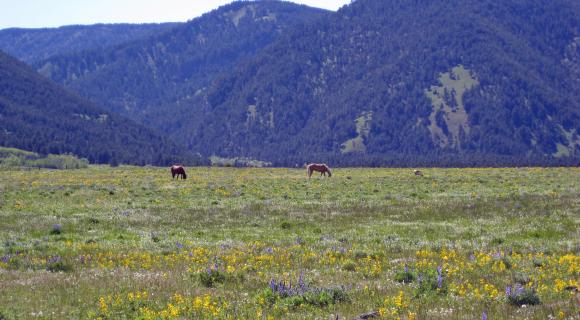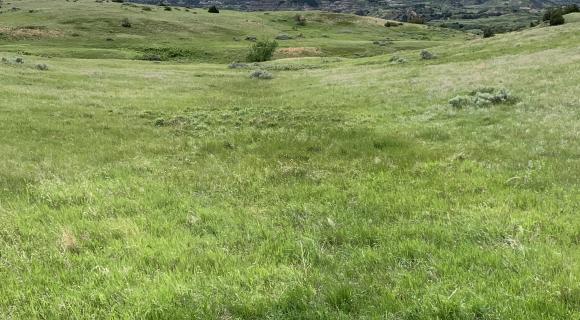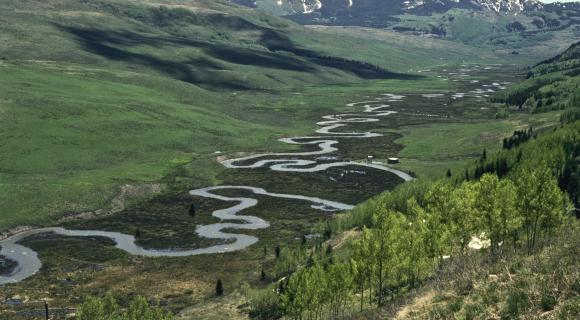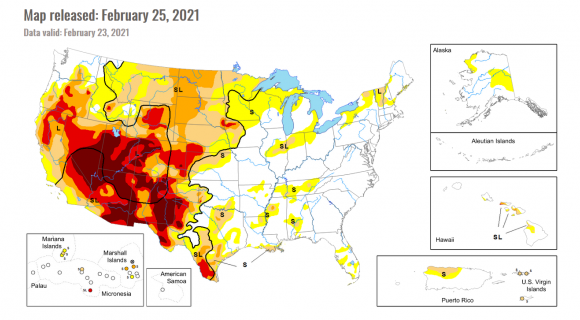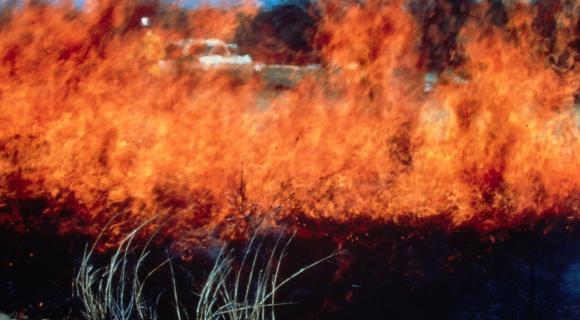- Amber DalkeBody
In this section you will find information on the various aspects of rangeland ecology. You will discover how water is the single most important factor determining the type and production of vegetation in a rangeland community. Climate and drought will continue to have a huge impact on rangelands as the global climate trends toward warmer and drier. The most productive sites on rangelands are riparian areas because they are the transition zone between waterways and upland ecosystems. Healthy riparian areas purify water and are a center of diversity for plants and animals and a focal point for recreation. Finally, you will discover how altered fire regimes and undesirable plant and animal species can disrupt the delicate balance of a rangeland community. Understanding the complex relationships between water, vegetation, animals and fire, is the key to rangeland ecology and preserving these valuable landscapes.
Forces that Shape Rangelands
Rangelands are a dynamic landscape, composed of many resources, which produce many products. The rangeland landscape and its resources are constantly being modified by a suite of non-human forces, including: grazing, fire, and climate or weather.
Humans also modify rangelands directly through development (e.g., energy, mining, and transportation and communications infrastructure) and recreation. People also affect the other forces of change by introducing invasive species, controlling or igniting fires, managing grazing and potentially impacting the climate and weather patterns through human caused changes in atmospheric chemistry.
Managers need a way to predict how management practices or natural disturbance will impact the vegetation on rangelands, so they developed State and Transition Models. State and transition models are box-and-arrow diagrams used to describe vegetation change, or plant succession, from a specific disturbance based on the current vegetation community, the soils and climate of a site.
Get reliable rangeland science
Toggle Search
